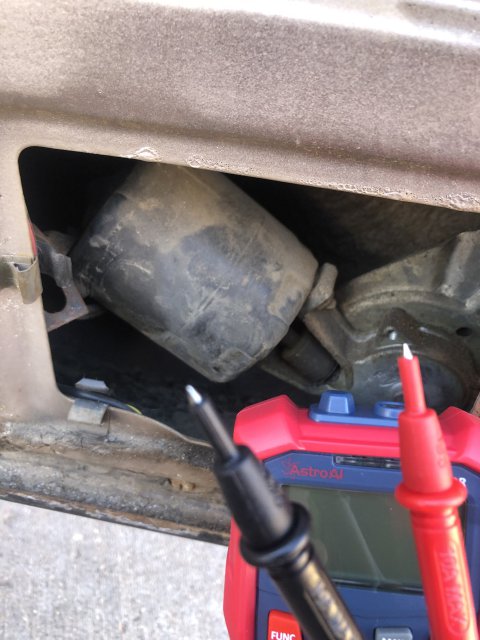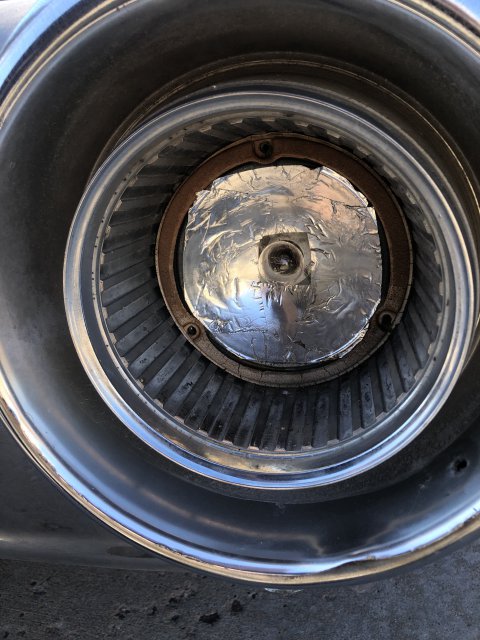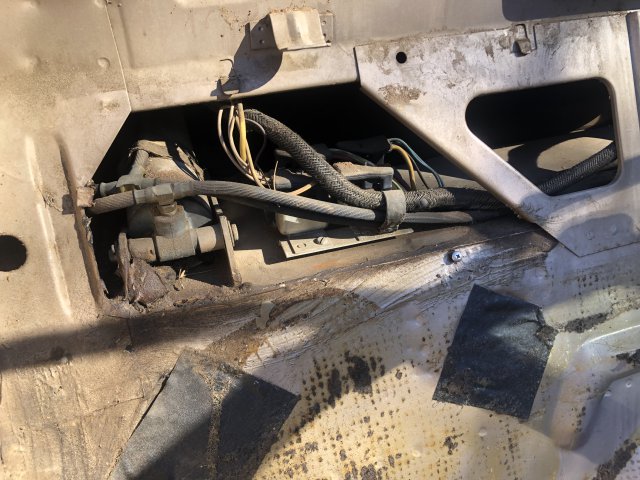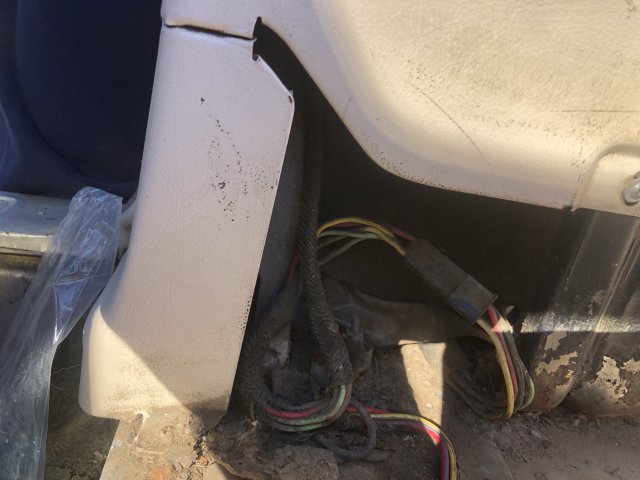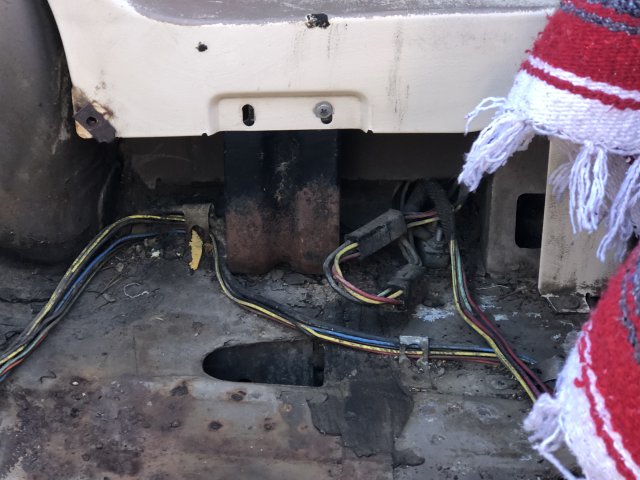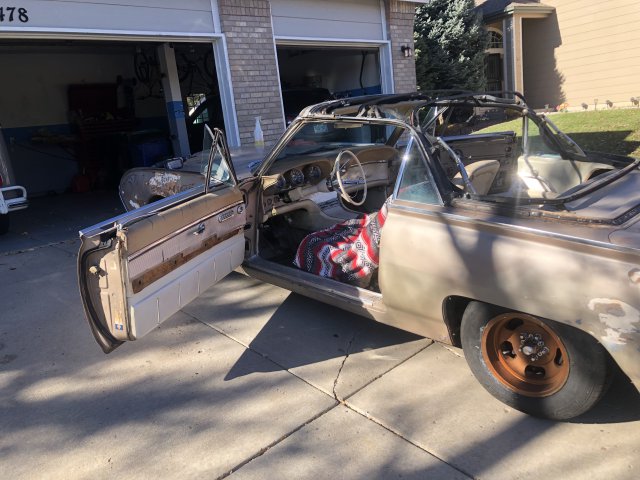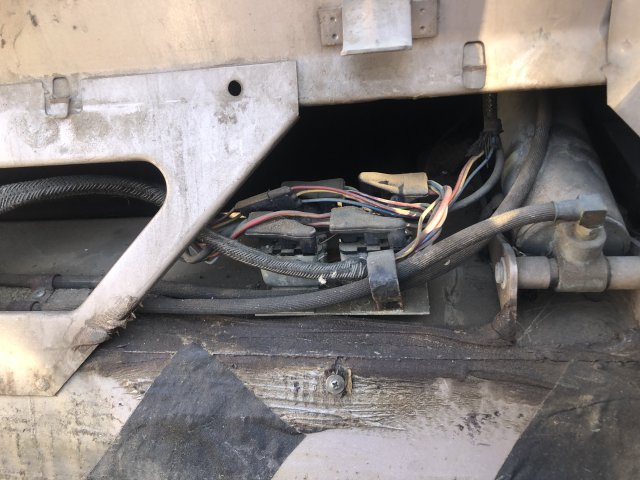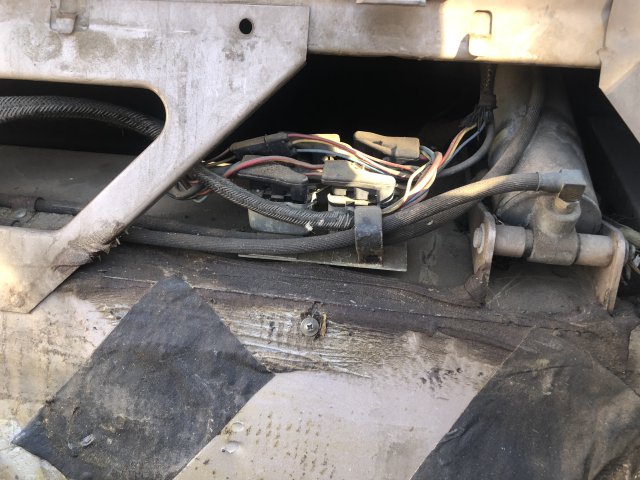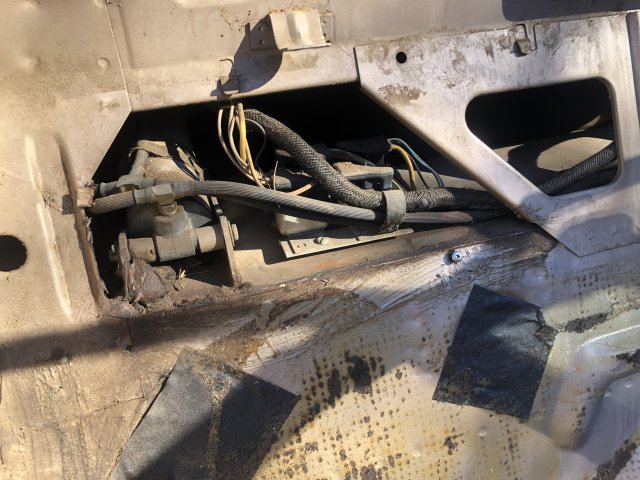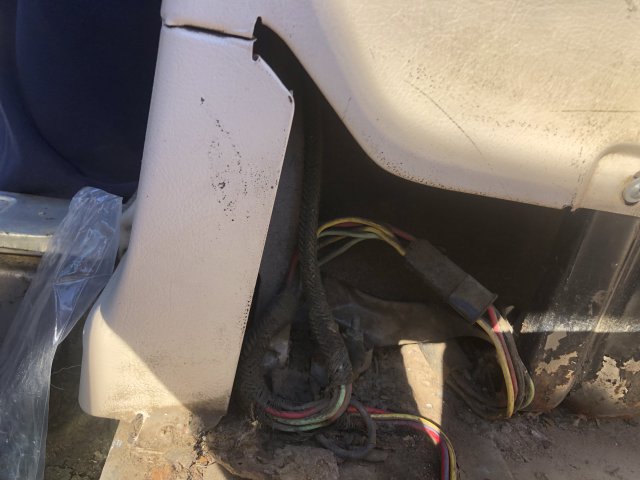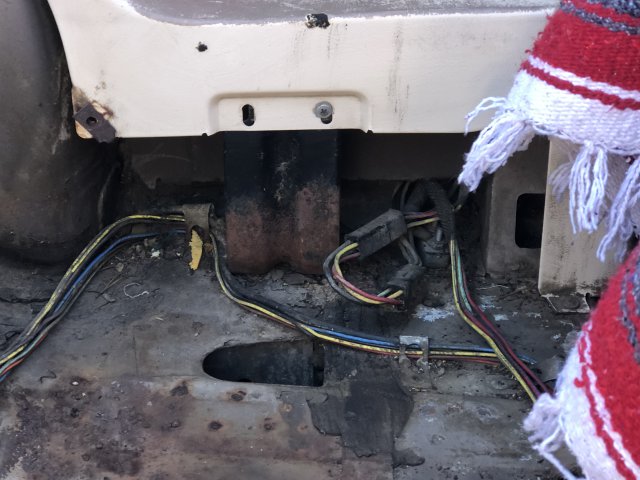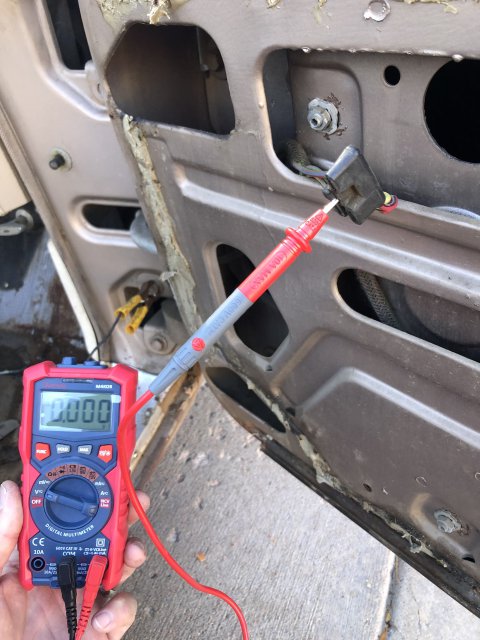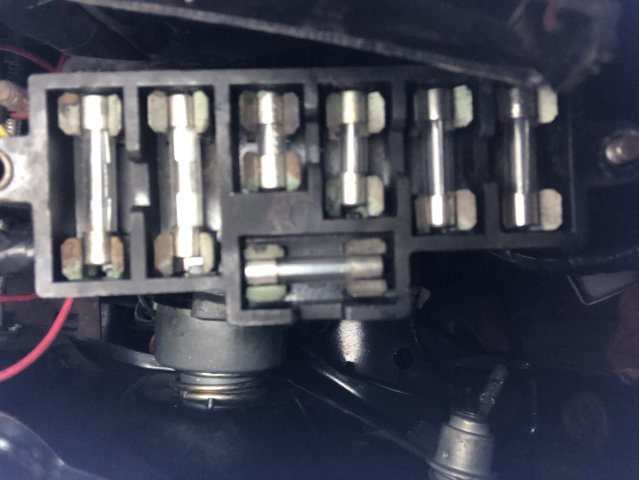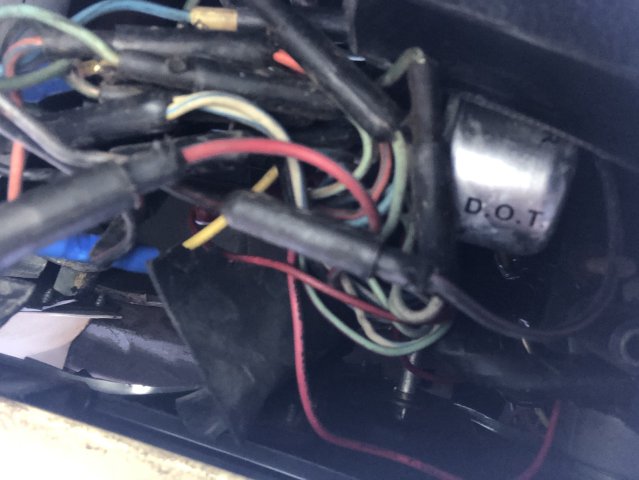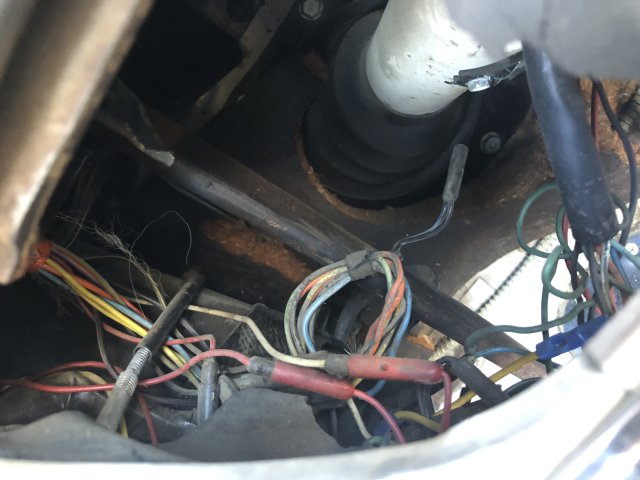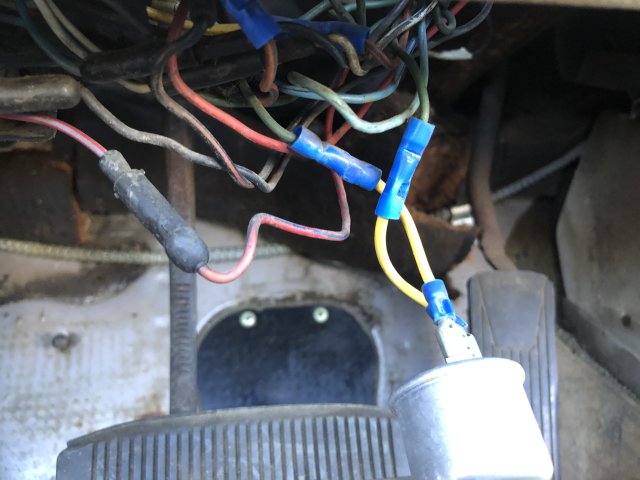- Last seen
- Joined
- Aug 23, 2022
- Thunderbird Year
- 1961
I now have the 1961 Bird up and running... purrs like a kitten, brakes work, transmission is clean and working, etc. Now it is time to check some of the wiring. The fuel sender/gauge works, as well as the temp gauge, but is there a way to test the wires for other functions without having to go as far as getting a whole new wiring harness?
Last edited by a moderator:



